Market Growth Projections
The Global Medical Tourniquets Market Industry is poised for substantial growth, with projections indicating a market value of 0.38 USD Billion in 2024 and a potential increase to 0.76 USD Billion by 2035. This growth trajectory suggests a compound annual growth rate of 6.49% from 2025 to 2035, reflecting the increasing demand for effective hemorrhage control solutions. Factors such as rising trauma cases, advancements in medical technology, and enhanced awareness contribute to this positive outlook. The market's expansion is likely to be driven by both healthcare providers and consumers seeking reliable and innovative tourniquet options.
Regulatory Support and Guidelines
Regulatory support and established guidelines are crucial drivers for the Global Medical Tourniquets Market Industry. Government health agencies are increasingly recognizing the importance of tourniquets in emergency medical protocols. For example, updated guidelines from health authorities advocate for the use of tourniquets in severe bleeding scenarios, thereby legitimizing their application in clinical settings. This regulatory backing not only enhances the credibility of tourniquet use but also encourages manufacturers to innovate and improve their products. As a result, the market is likely to expand, driven by both compliance with regulations and the need for effective hemorrhage control solutions.
Advancements in Medical Technology
Technological advancements play a pivotal role in shaping the Global Medical Tourniquets Market Industry. Innovations in materials and design have led to the development of more effective and user-friendly tourniquets. For instance, the introduction of lightweight, durable materials enhances portability and ease of use in emergency situations. Furthermore, smart tourniquets equipped with sensors for real-time monitoring of blood flow are emerging, potentially revolutionizing trauma care. As healthcare providers increasingly adopt these advanced solutions, the market is likely to experience substantial growth, reflecting the ongoing evolution of medical technology and its application in emergency medicine.
Military and Tactical Applications
The Global Medical Tourniquets Market Industry is significantly influenced by military and tactical applications. Armed forces worldwide prioritize hemorrhage control in combat situations, leading to increased procurement of advanced tourniquet systems. Military training programs emphasize the importance of effective bleeding control, resulting in a consistent demand for high-quality tourniquets. This sector's growth is expected to contribute to the overall market expansion, as military applications often drive innovations that eventually find their way into civilian use. The ongoing need for reliable medical equipment in tactical environments underscores the potential for sustained growth in the tourniquet market.
Increasing Prevalence of Trauma Cases
The Global Medical Tourniquets Market Industry is witnessing growth due to the rising incidence of trauma cases worldwide. According to various health organizations, road traffic accidents and workplace injuries contribute significantly to the demand for effective hemorrhage control solutions. As trauma cases increase, the need for medical tourniquets becomes more pronounced, particularly in emergency medical services. This trend is expected to drive the market value to approximately 0.38 USD Billion in 2024, with projections indicating a potential doubling to 0.76 USD Billion by 2035. The anticipated compound annual growth rate of 6.49% from 2025 to 2035 further underscores the urgency for innovative tourniquet solutions.
Growing Awareness and Training Programs
The Global Medical Tourniquets Market Industry is benefiting from increased awareness and training programs focused on hemorrhage control. Organizations, including government health agencies and non-profits, are actively promoting the importance of tourniquet use in saving lives during emergencies. Training initiatives, often targeting first responders and laypersons, emphasize the correct application of tourniquets. This heightened awareness is likely to enhance the adoption of medical tourniquets, contributing to market growth. As more individuals become trained in their use, the demand for quality tourniquets is expected to rise, further solidifying their role in emergency medical care.


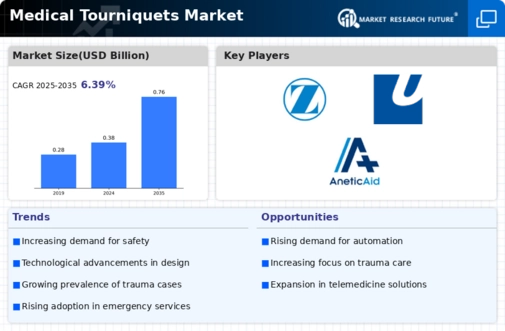
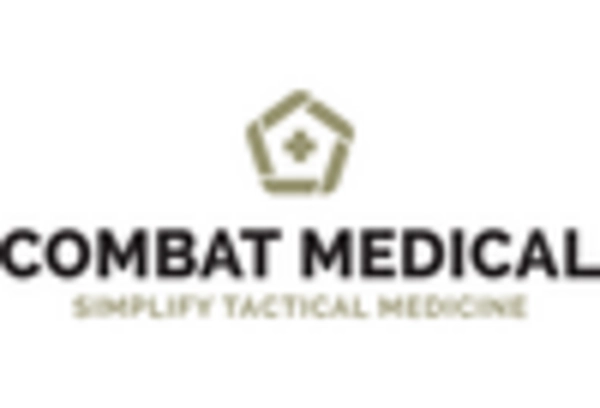
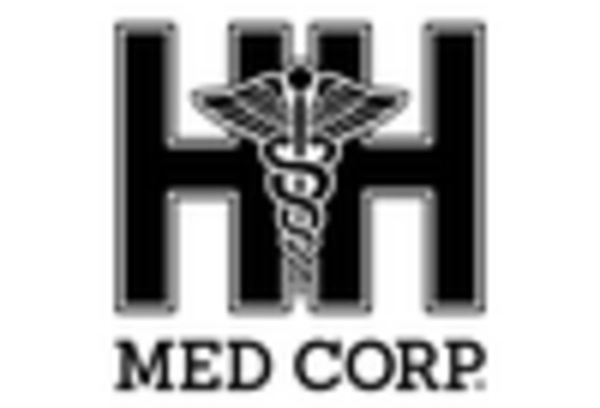
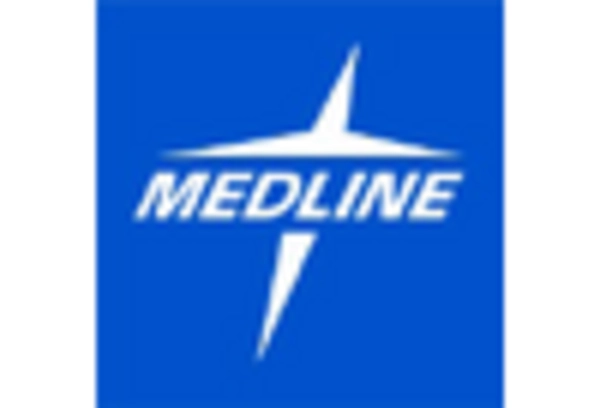
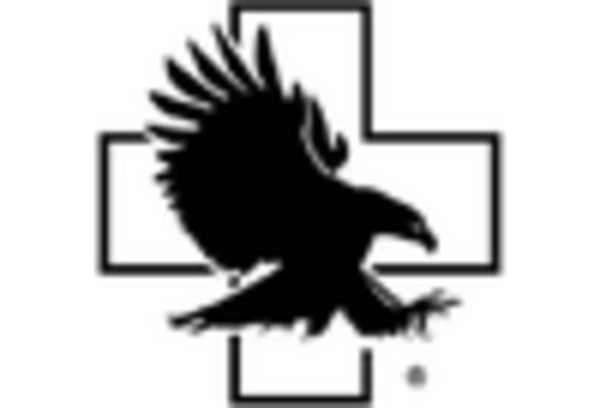
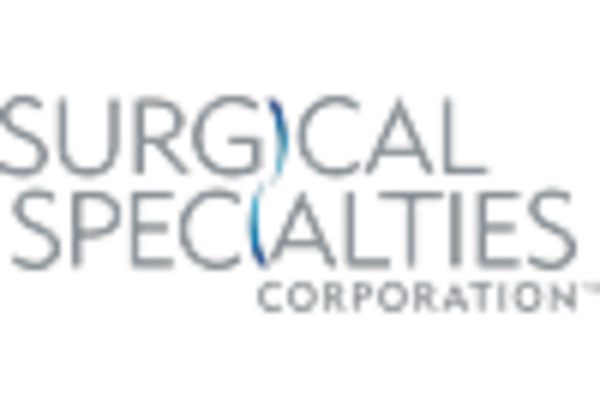
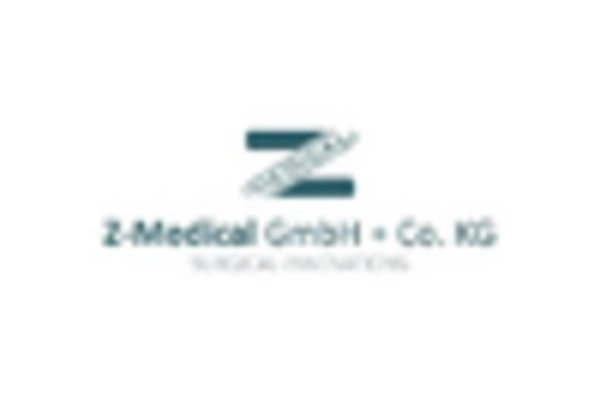








Leave a Comment